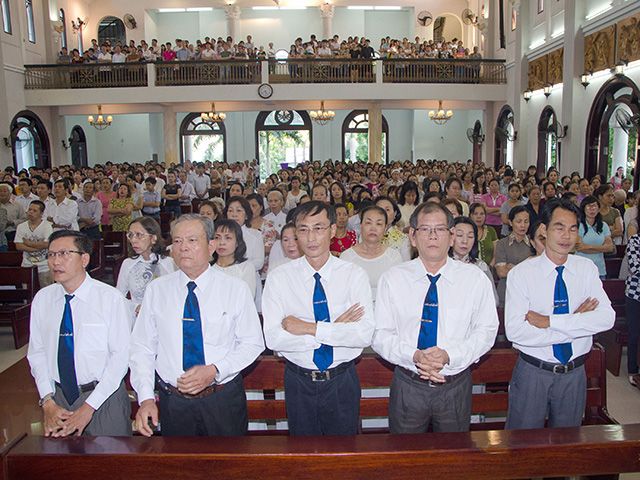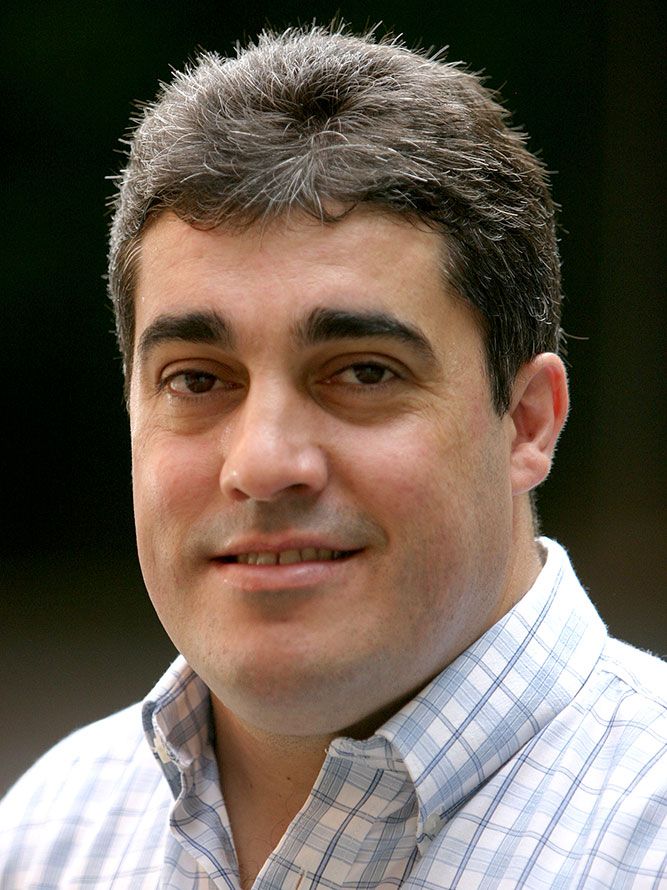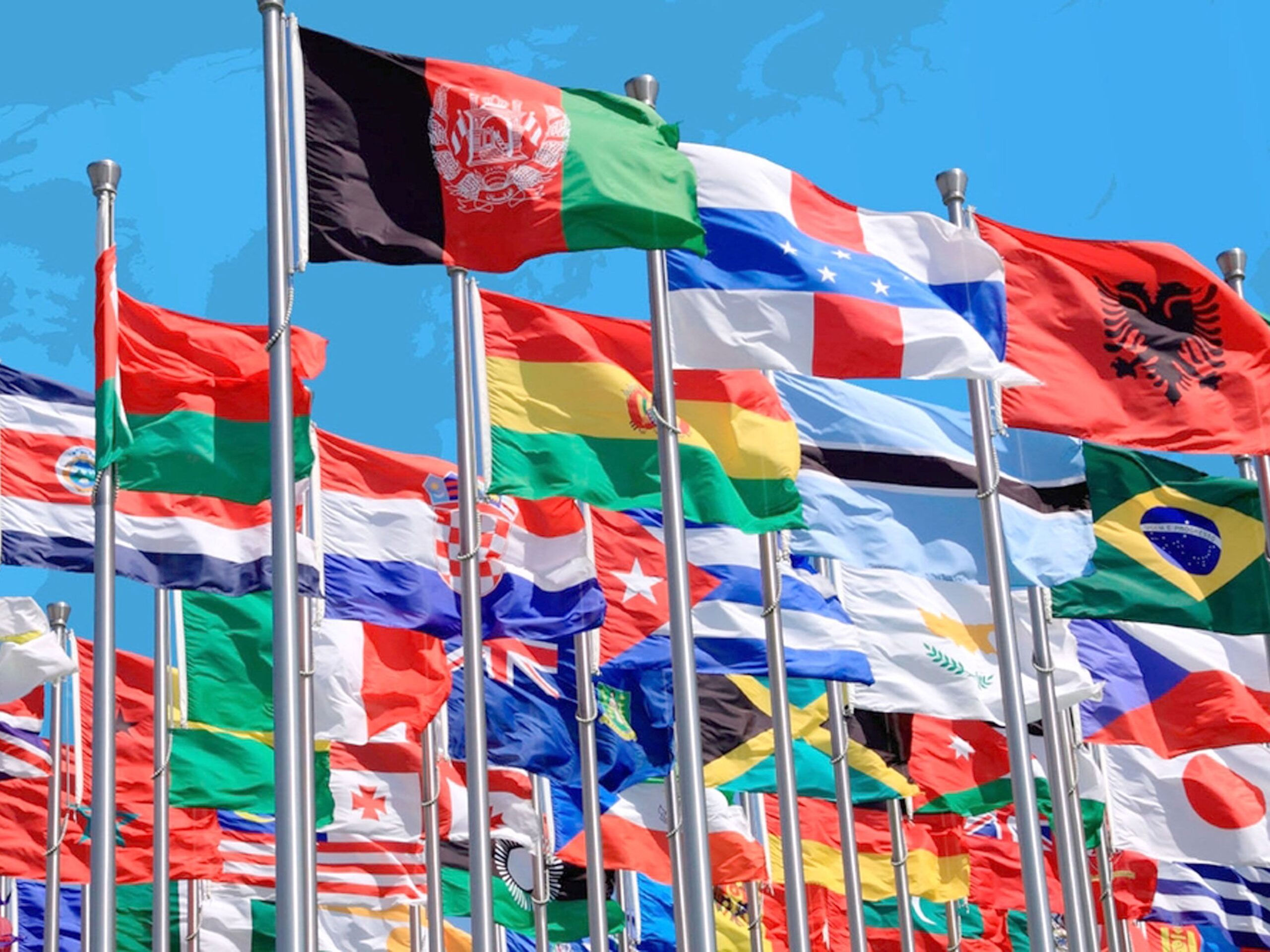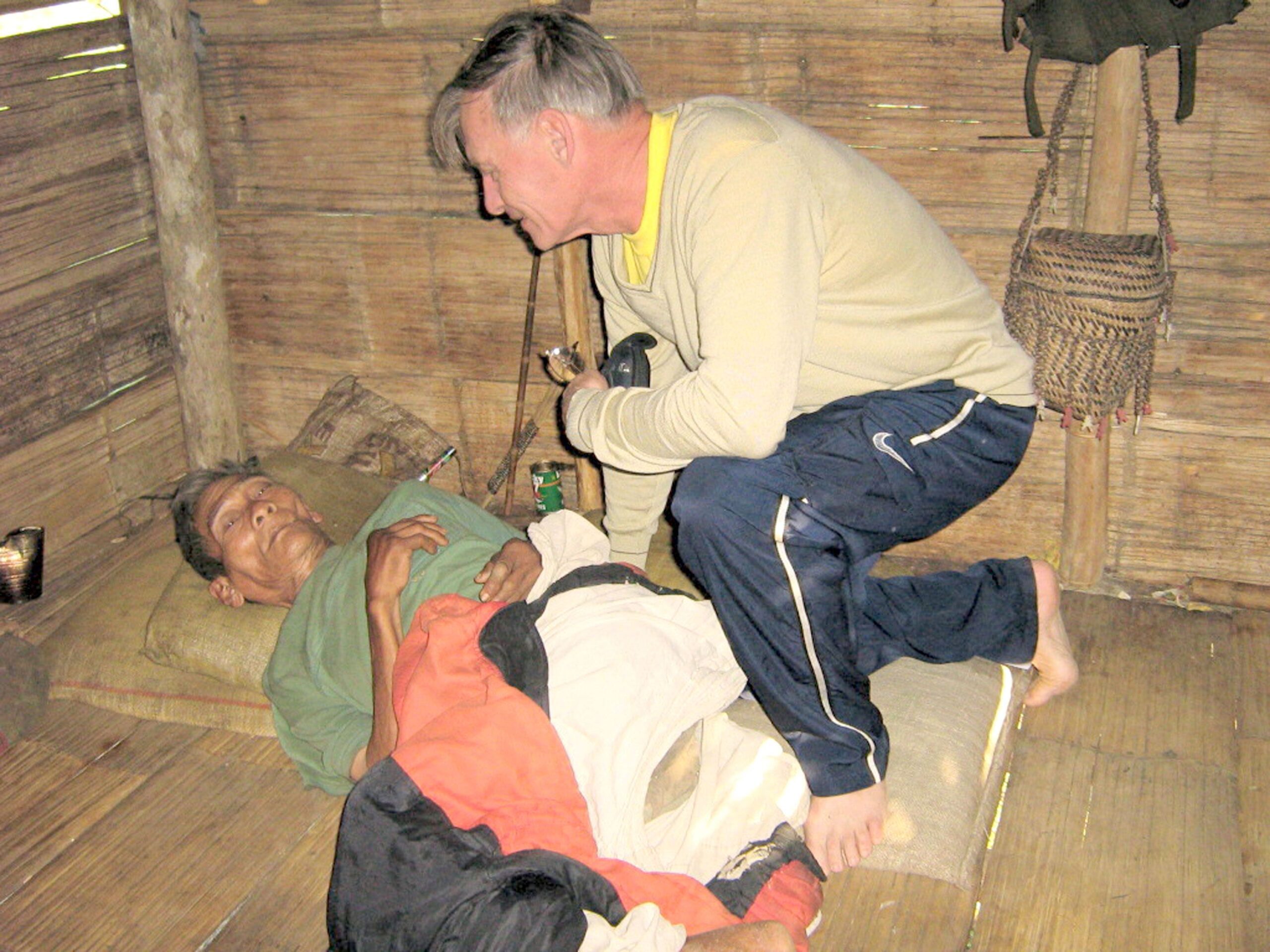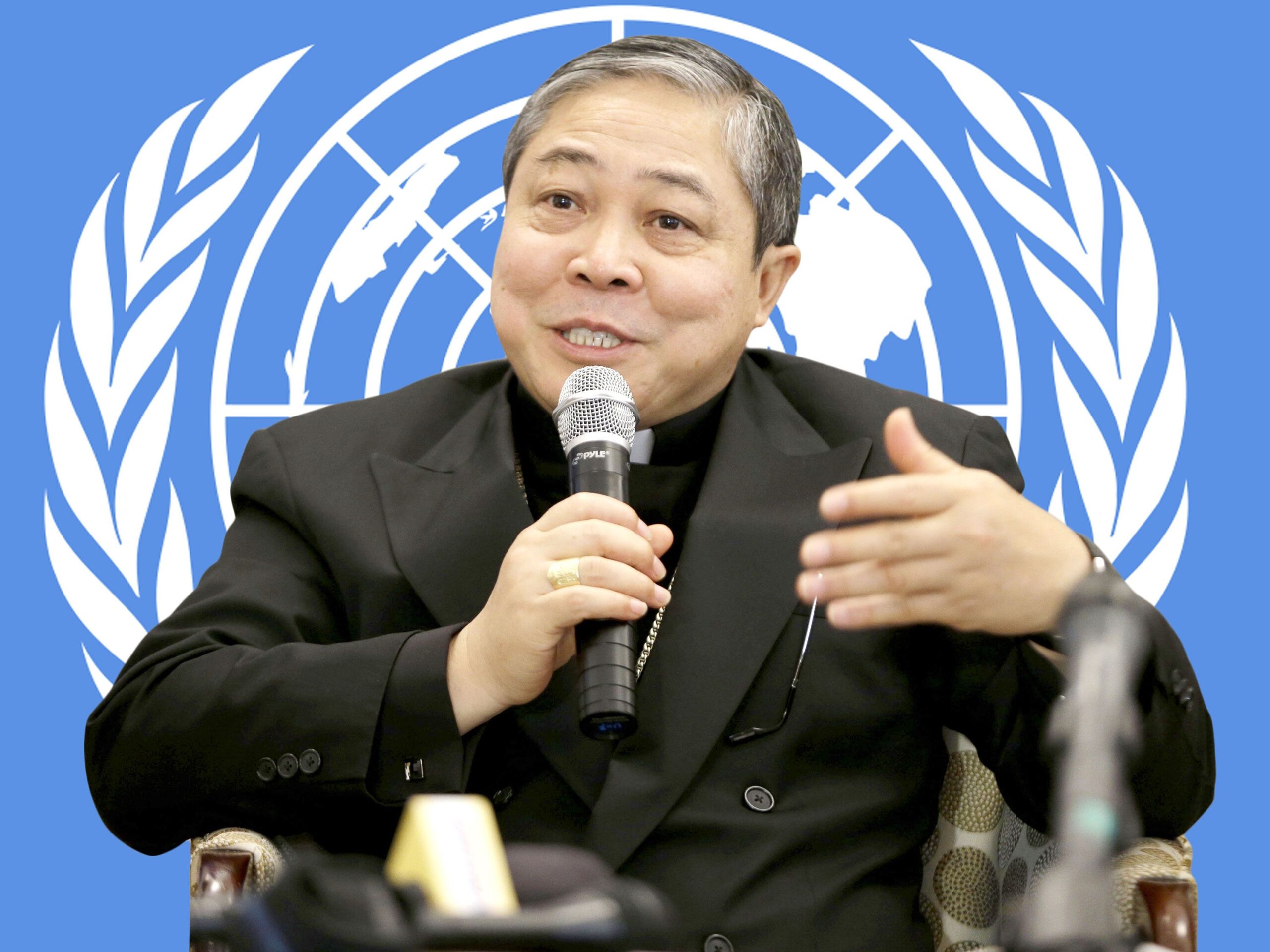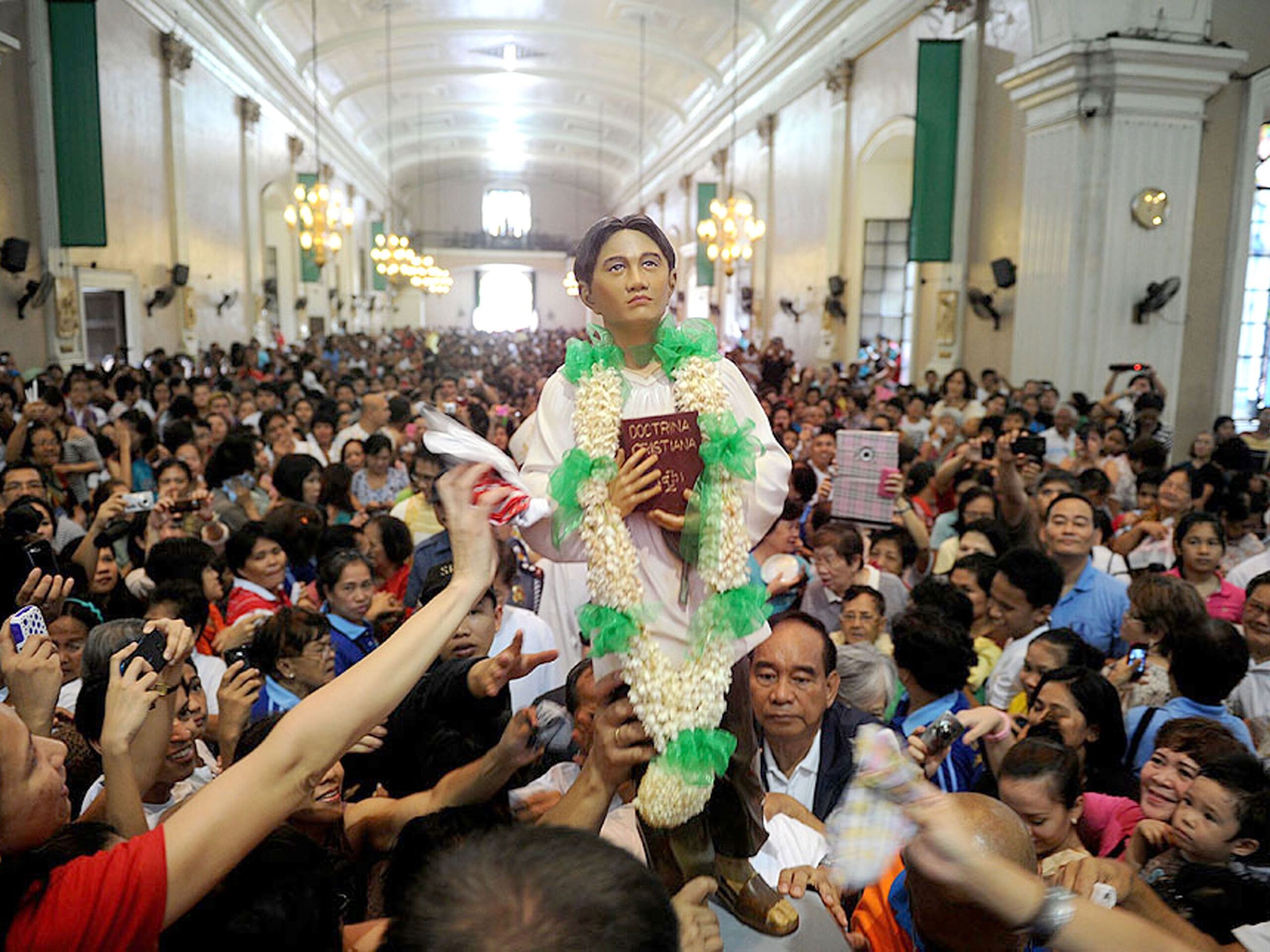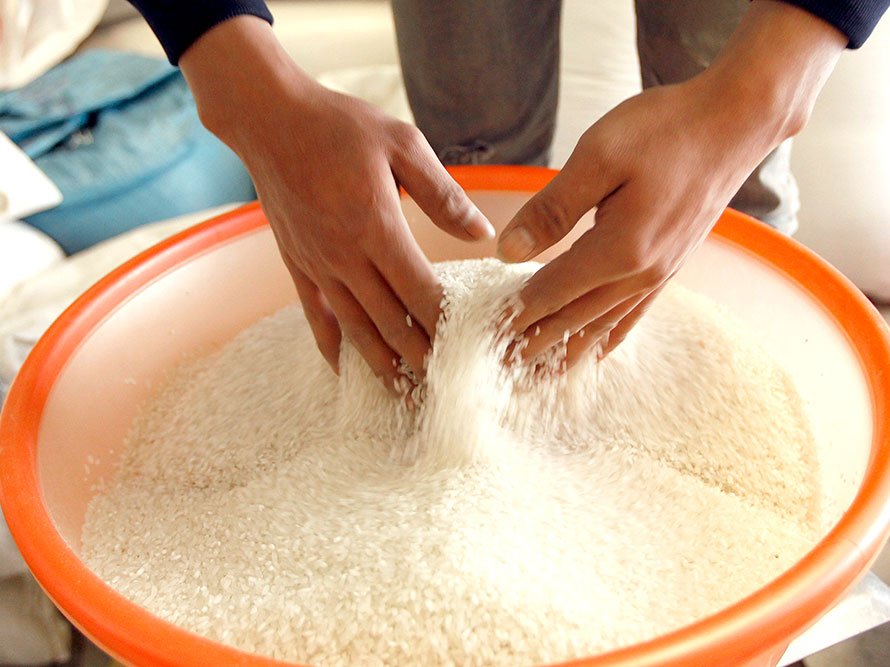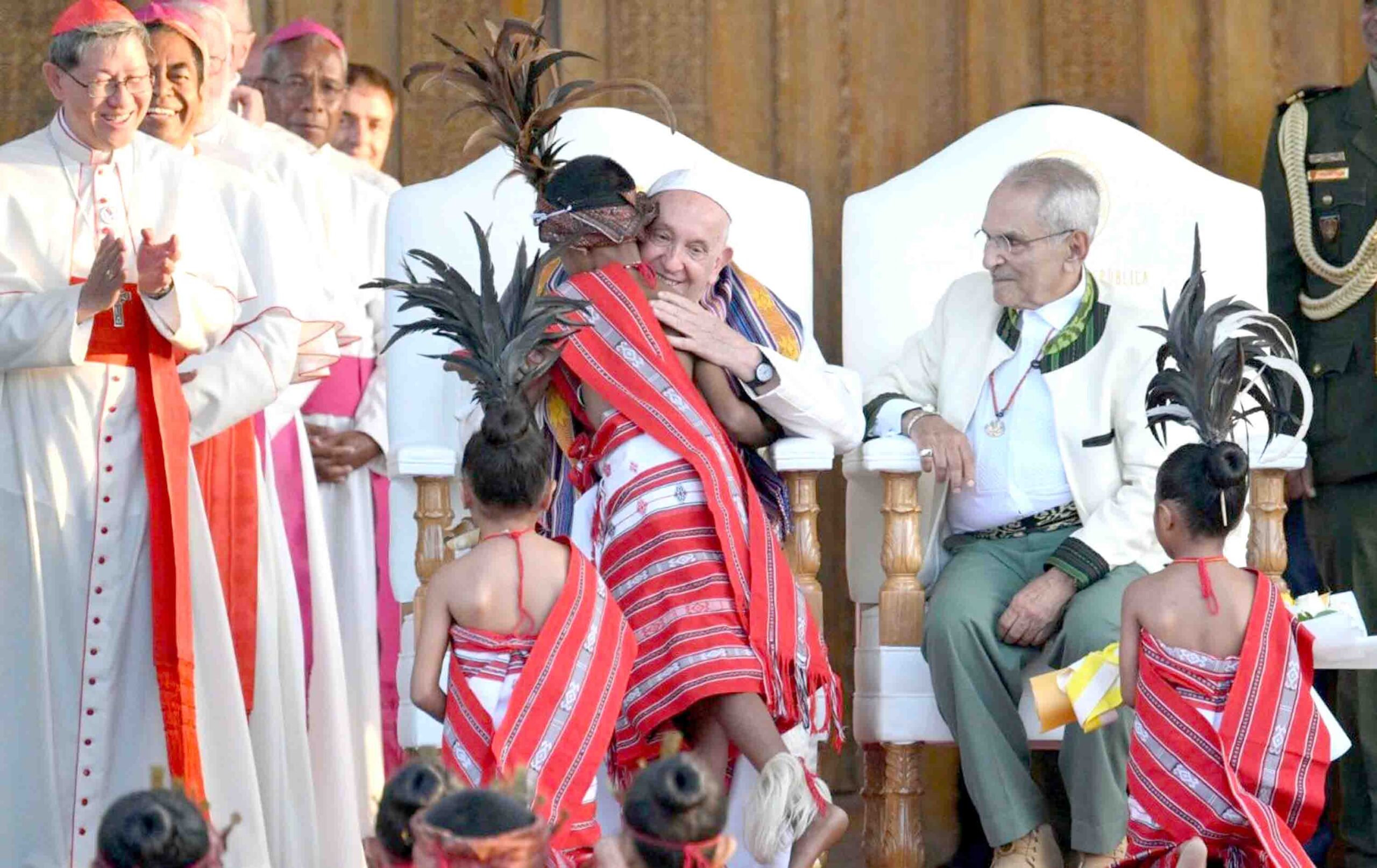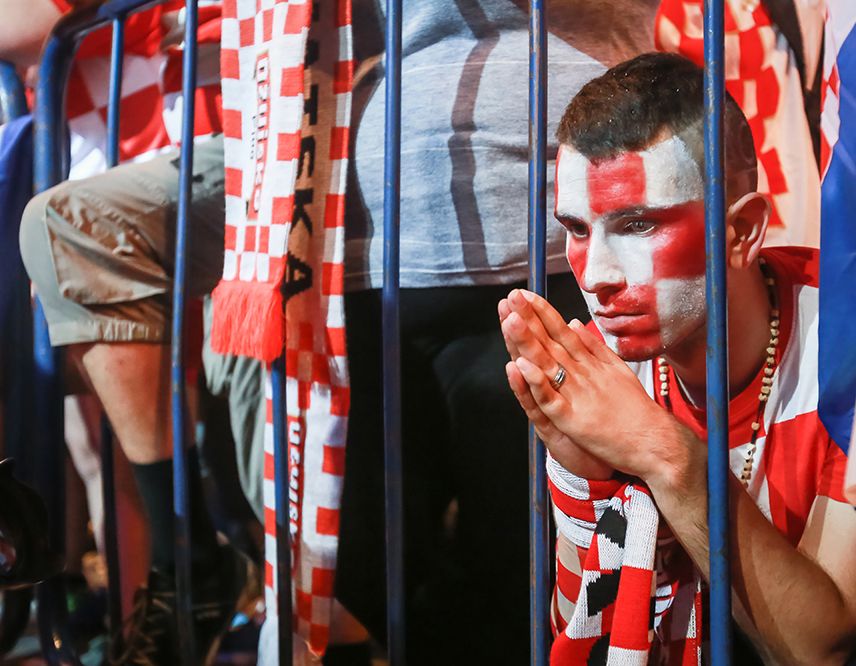In March 1627, around the feast of St. Joseph, two Jesuit missionaries, Frs. Alexandre de Rhodes and his Portuguese confrere, Pedro Marques, left Macau and arrived at the small port of Cua Bang, in the territory of what is now the Parish of Ba Lang in the Diocese of Thanh Hoa, about 150 km south of Hanoi. It was the beginning of the organized and uninterrupted evangelization of Tonkin, the northern part of Vietnam. Even today, the facade of the parish church of Ba Lang, the oldest church of Tonkin, carries the inscription of the year “1627,” a time that many consider as the foundation of the Church in Vietnam.
Pioneers
Alexandre de Rhodes was born on March 15, 1591 in Avignon, France. His family of Spanish merchants and Jewish origin, had fled there to avoid the Inquisition. Alexandre joined the Society of Jesus after arriving in Rome at the age of 18. He wanted to be a missionary in Japan. He perfected his knowledge of French, Italian, the ancient languages of Latin, Greek and Hebrew, and mathematics. He left Rome for Lisbon in October 1618 and then sailed for the East Indies. During the voyage to Goa, he learned Portuguese and, once in Macau, he studied Chinese and Japanese. Eventually, due to the persecution that broke out against the Christians in Japan, his destination was changed.
In December 1624, after long months spent in Macau and Canton, de Rhodes embarked with five other Jesuits for Da Nang, in Cochinchina. He arrived in a mission founded in 1615 by other Jesuits: Fr. Francis Buzomi, an Italian from Naples, and two Portuguese, Bro. Antonio Dias and Fr. Diego Carvalho (who became a Blessed Martyr in Japan in 1624). These first Jesuits were able to establish good relations with the local lord, then at war with his northern neighbors. After a few months, Alexandre de Rhodes could already preach in Vietnamese. His local name became ‘Dac Lo.’ He was impressed by the difficult tones of the language which, as he put it, are similar to “the twittering of birds.”
The gifts that de Rhodes carried (a sand clock and a book of Euclid on the sphere) were much appreciated by the king. The missionary was able to baptize members of the royal family, including a sister of the king, named Catharina. In 1629, Alexandre spent some months in present-day Vinh Diocese (Nghe An, Ha Tinh, Bo Chinh). Between 1627 and 1630, the number of baptized in Tonkin raised to 6,000-7,000. Since the beginning, St. Joseph was chosen as the main patron of the Church in Vietnam and even today ‘Joseph’ is a Christian name far more common than others.
After only three years, Alexandre and his companion were expelled as a consequence of their stance on polygamy, the accusation leveled against them by the Mandarins and the opposition of the concubines, probably deprived of their now-Christian husbands. After a brief stop in Hanoi, the two missionaries, unable to get back to Cochinchina, returned to Macau. During the journey, they managed to convert the captain and several soldiers of the Tonkinese escort. In Macau, Alexandre taught moral theology for about ten years (1630-1640).
Between 1640 and 1645, de Rhodes made four trips to Cochinchina, as the superior of the missions, but often he remained in hiding and sought refuge at Christian houses. At the end of his last stay, he was arrested, sentenced to death, later acquitted and finally expelled for good from Tonkin. During a period of intense persecution, de Rhodes was an eyewitness to the beheading of Blessed Andrew of Phu Yen, one of his catechists aged only 19, the first martyr of Cochinchina. Alexandre brought the head of the martyr to Rome and published his biography. Eventually, expelled also from Cochinchina (1645), Alexandre returned to Macau, only to be sent to Rome to support the cause of the missions in Asia. Before leaving, he trained his successors, Charles of Roca and Sacano Metellus, in the Vietnamese language, of which he had become one of the leading experts.
De Rhodes relied on the expertise of earlier missionaries and worked hard to develop a script of the Vietnamese language that discarded the Chinese ideograms and used Latin letters and a dozen of phonetic signs. The result of this formidable enterprise was the quoc ngu, the Vietnamese script eventually adopted by the Government for the whole country. This effort of the missionaries contributed to widespread literacy among the population and the rapid propagation of the Christian message.
After four years of vicissitudes (1645-1649), Alexandre de Rhodes arrived in Rome and established contacts at the highest levels. De Rhodes’s reports and suggestions provided the basis of important decisions of the Pope and of the Congregation for Propaganda Fide in regard to the future of the Church in Asia, especially in Vietnam. He provided extensive information on the Church in the Far East, particularly in Cochinchina and in Tonkin. He suggested that these become missions dependent on Propaganda Fide. He regretted that some missionaries were too connected to the commercial activities of Portugal and insisted on the need to create a local clergy. He also proposed the appointment of missionary bishops for Cochinchina and Tonkin, independent from the political and religious control exercised by the Portuguese through the system of the Padroado.
In 1659, Pope Alexander VII appointed the French priests François Pallu and Pierre Lambert de la Motte bishops and apostolic vicars, respectively, of Tonkin and Cochinchina. To them, Propaganda Fide gave a series of guidelines in the famous Instruction of 1659, called the Magna Carta of the missions. Two directives are worthy of special attention: the call to promote the local clergy and the commitment to inculturation, with the prohibition of fighting against local customs and traditions, unless they are in conflict with faith and morals.
This was the fulfillment of farsighted insights of the pioneer Fr. Alexandre de Rhodes who, in the meantime, had been sent to Persia, where he died in November 1660. Eight years later, the first four Vietnamese priests were ordained, after being trained in Thailand. For his part, Bishop De la Motte, besides promoting the lay catechists, founded in 1670 the Congregation of the Sisters Lovers of the Holy Cross, still widely present inside and outside Vietnam.
Trials and persecutions – Our Lady of La Vang
The Church in Vietnam has been marked by periods of tranquillity alternating with outbreaks of persecution, with imprisonments, deportations, killings and even massacres. In time of sufferings, when Catholics were persecuted and killed, Our Lady of La Vang (Duc Me La Vang) appeared in 1798 to people hidden in the forest in central Vietnam at about 40 km from the city of Hue. While hiding in the jungle, many became ill. Every night, the community gathered to pray the rosary at the foot of a tree. One night, they saw on the branches of the tree a lady with a child in her arms. She was wearing the traditional Vietnamese áo dài dress. The people interpreted it as a vision of the Virgin Mary and said that Our Lady comforted them and told them to boil leaves from the trees for medicine to cure their illness.
A new National Marian Shrine in La Vang is being rebuilt after the former one was destroyed in 1972 during the war. The devotion to Duc Me La Vang is very popular: the Marian message of divine comfort in time of sufferings became a cornerstone for the identity and membership of Vietnamese Catholics.
Events of recent history
In the last four centuries, the country underwent many divisions. After a long period of division and various attempts to unify the country, Nguyen Phuc Anh (1762-1820) became the first emperor of the Nguyen Dynasty in 1802, under the name of Gia Long. He chose the coastal city of Hue, in central Vietnam, as his capital. This would be the last imperial dynasty in Vietnamese history, lasting for 143 years and counting 13 emperors. Towards the end of the 19th century, it came to terms with the French colonizers and, eventually, gave in to the Communist government of Ho Chi Minh (1890-1969), which proclaimed the Democratic Republic of Vietnam as an independent nation on September 2, 1945. Gia Long’s victory at the battle of Dien Bien Phu (May 7, 1954) ended the French rule.
The establishment of the Communist government in Hanoi (1954-1955) set in motion the migration of over 800,000 people, including entire Catholic communities with their priests, to the southern provinces, where the pro-Western government of Saigon welcomed the new citizens by giving them large areas to settle, work and even rebuild their parishes. The Christian witness of the new immigrants greatly favored the evangelization of south Vietnam where, up to that moment, the Church had been less numerous than in the north.
In the early ‘60s, the Americans began their war in Vietnam in support of the Government of Saigon. On April 30, 1975, the tanks of the victorious Communists entered the palace of the president of South Vietnam. This brought about the final reunification of all of Vietnam into one Socialist Republic (1976). Saigon, the former capital of the south, was renamed Ho Chi Minh City.
The reunification of Vietnam under a single Communist government raised fears and caused mass exodus of refugees who emigrated first to neighboring countries (Hongkong, Indonesia, Malaysia, Philippines, Singapore, Thailand); then to Australia, U.S.A., Canada and European countries (France, Germany, Great Britain). There may have been up to two million refugees between 1975 and 1995, leaving the country by diverse means and routes, from safe ships and planes to simple boats. Those leaving by the latter means came to be known as the boat people, the symbol of this humanitarian tragedy with manyfold dramas: hunger, disease, storms, pirates, overloaded boats, tragedies at sea, refugee camps.
The establishment of Communist rule over the whole country was not painless for the Church: several priests, seminarians and many lay people paid their faithfulness to the Gospel with years of imprisonment and re-education camps.
Forward by “small steps”
From Rome, the Holy See has been following closely the development of Vietnamese events with appropriate interventions, “small steps” and gradual openings, confirming the desire for mutual understanding that both the Church and the Vietnamese authorities have had all along.
At the end of 2011, the local Church had 26 dioceses distributed in three ecclesiastical provinces: Hanoi (10 dioceses), Hue (6), Ho Chi Minh City (10); 44 bishops, 4,050 priests, 18,424 religious, 3,946 seminarians and 56,593 catechists, serving 6,400,567 Catholics out of a total population of 89,029,559. The estimate today (2016) speaks of a population of over 90 million Vietnamese, with more than 7 million Catholics (7-8%).
In and out of the country, many expected substantial openings in terms of human rights and, for the Church, greater freedom and larger involvement in social activities. Meanwhile, the practice of “small steps” was leading to meaningful breakthroughs, unthinkable only a few years ago.
In August 2015, the Government gave official approval to the foundation of the Catholic Institute of Vietnam; the Holy See granted pontifical recognition to the new theological institute, which will be able to give the bachelor, licentiate and doctorate degrees in theology. With this, the Church entered the field of education, from which all religions have been barred up to that moment. The Institute will open its doors in Ho Chi Minh City this year, as confirmed by Msgr. Paul Bui Van Doc, Archbishop of Ho Chi Minh City and President of the Bishops’ Conference.
Rumors are circulating concerning a next visit this year by Cardinal Pietro Parolin, Vatican Secretary of State, to Vietnam, for contacts at the highest levels in view of forthcoming extraordinary events. Cardinal Parolin is particularly well-known and respected in this country, which he visited when he worked at the Secretariat of State until 2009, and then again since 2013. Now, in the upper levels of the hierarchy, an apostolic visit by Pope Francis in Vietnam in 2017 is given for certain, an event which is bound to have wider repercussions both on the Asian and the world stage.
New pastoral challenges
Internal and external armed conflicts, hard work, family discipline, recurrent persecutions, the values of traditional culture and those proper to the Gospel have shaped, over the centuries, the human and religious character of the Vietnamese people and tempered the spirit of the Catholics. Although the latter comprise just 7-8% of the population, they contribute, with their Christian values and ecclesial dynamism, to the human and social growth of the country.
Msgr. Joseph Dinh Duc Dao, coadjutor bishop of Xuan Loc, a southern diocese with the highest number of Catholics and now the president of the Episcopal Commission for Education, is conscious of the urgency of more missionary evangelization not only in Vietnam but all over the world and is willing to send priests of his diocese to evangelize other countries. “In the past, in times of great suffering and persecution, our Church had to turn in on itself for survival. Today, we enjoy more freedom and new energies. Now we are called to a change of pastoral model: from a model for the preservation of the faith to the evangelization model, which urgently calls for the ‘joy of the Gospel’ to be shared with the non-Christians.”
In recent decades, the participation of Catholics at Sunday Mass in the parishes has been very high, up to 80 and 90% of the faithful. Msgr. Dao, however, poses some questions: “How long will it last – this high Mass attendance and this abundance of vocations?” Similar questions concern also the family: “In Vietnam, the family still stands as an institution, as a gym of love and of constructive relationships between generations; but how and until when, can the traditional family and the Christian family withstand the destructive attacks that the family faces in the world today?”
New threats to Christian life, family, priestly and religious vocations come from secularization, modernity and globalization which, through the pressure of the social media, offer opposing models of life, of family and of sexual behavior. Msgr. Dao argues that “secularization is in itself a positive phenomenon as it responds to the legitimate autonomy of reason and human action vis-a-vis a given religion. But in Europe and North America, secularization has developed into a cultural and political movement that is anti-Christian, anti-religious, anti-hierarchical and imbued with a consumerist and hedonistic mentality. With this background, we can understand the devastating impact that secularization has had on the Christian life, on vocations and, in particular, on the family in those nations: contraception, abortion, divorce, artificial procreation, homosexuality, euthanasia, and the like, to the point that, according to some authors, secularization has led to the de-Christianization of the West.”
Since secularization in Asia is not born of anti-religious and anti-ecclesial motivations, “hopefully it will not produce the religious and cultural devastation that is taking place in the West; but we need to foresee and avoid these disasters,” Bishop Dao says. “It is not enough just to repeat traditional formulas and rites. We need to bring about a pastoral of renewal of the Christian communities, relying on the Word of God, the Sacraments and the works of mercy. This will lead to a more profound, personal and mature faith, able to respond to the challenges of modernity and to contribute to the building up of solidarity in society. To protect and preserve our religious and cultural heritage, it is necessary to rely also on the sense of the sacred and on the contemplative resources of the Asian tradition, believing that prayer is the soul of the proclamation of the faith.”

